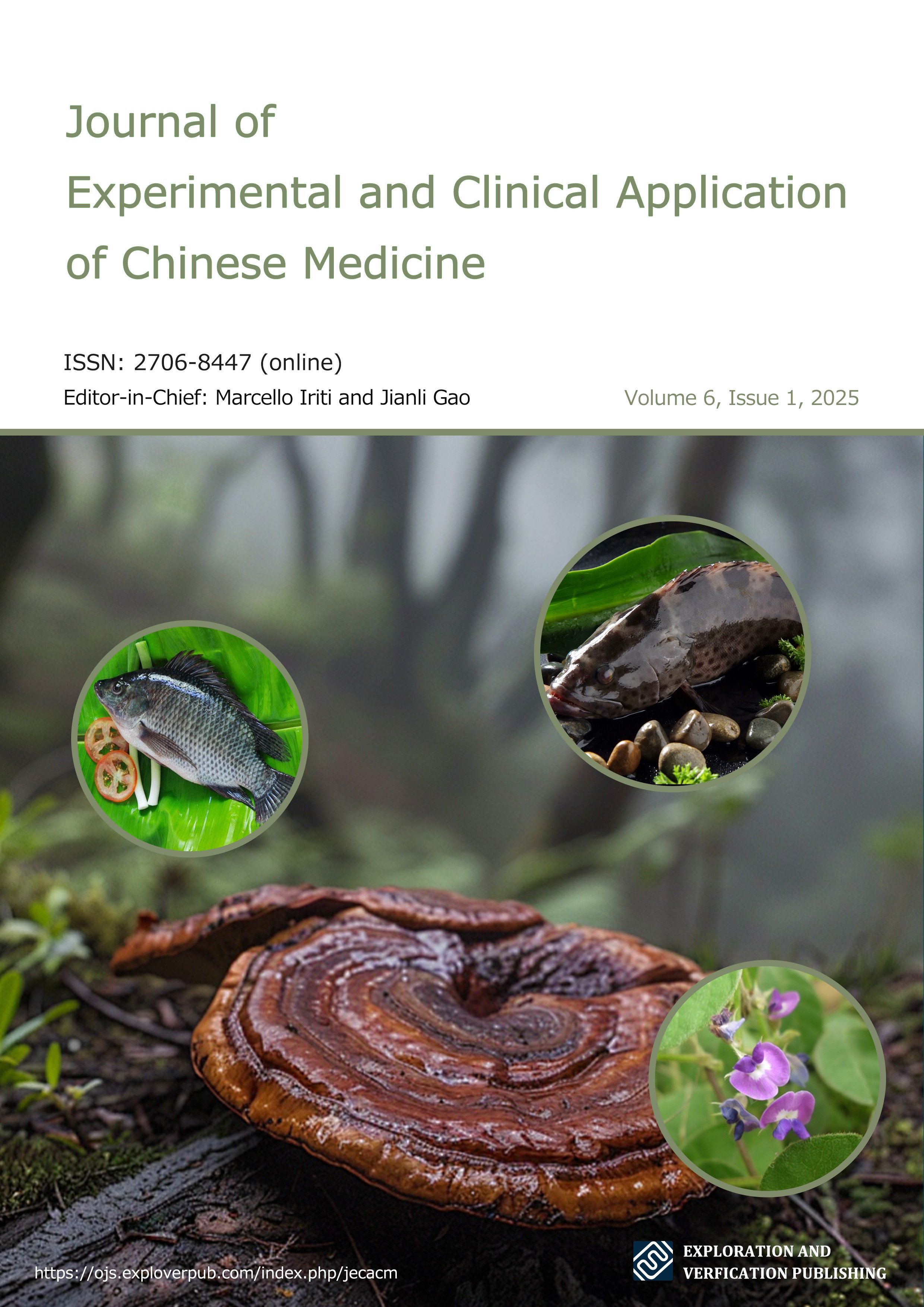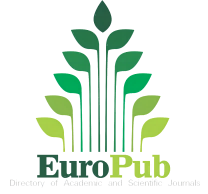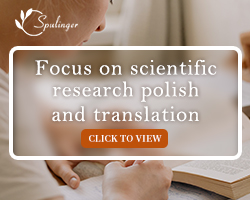The Effects of Multiple Kidney-Tonifying Chinese Medicines on Thymus Regeneration in Rapamycin-Induced Mice
DOI:
https://doi.org/10.62767/jecacm601.3328Keywords:
kidney-tonifying and yang-promoting, Rapamycin, acute thymic degeneration, thymus regenerationAbstract
Background: Rapamycin is universally recognized as a potential anti-aging drug, the important functional activities of which involve induction of reversible acute atrophy of the thymus and normal regeneration after discontinuation of treatment. Tonifying kidney is the core treatment principle of preventing aging in traditional Chinese medicine (TCM), and multiple kidney-tonifying Chinese medicines present notable anti-aging property. However, there is no research digging into the function of kidney-tonifying Chinese medicines in the process of thymus regeneration induced by rapamycin. Aims: This study explored the effects of 5 kinds of kidney-tonifying Chinese medicines on rapamycin-induced thymus regeneration, and whether the sequential use of Chinese medicines and rapamycin can potentiate the anti-aging effect. Methods: Initially, mice received intraperitoneal injection of 1 mg/kg rapamycin for 5 days; after the last administration, mice were fasted for 12 h. Cynomorium songaricum (CS), Cistanche deserticola (CD), Epimedium brevicornu (EB), Morindae officinalis (MO), and Drynaria fortunei (DF), the 5 kidney-tonifying Chinese medicines, were selected, and ethanol extract was prepared. 5 days after gavage administration, mice were sacrificed by cervical dislocation, after inhaling isoflurane gas. and the thymus samples were collected. The structure of thymus, as well as the morphology and distribution of thymic epithelial cells (TECs) was observed using hematoxylin-eosin (H&E) staining and immunofluorescent staining (CK5, CK8). Flow cytometry was conducted to detect the ratio of thymic cell subpopulation, and quantitative reverse transcription polymerase chain reaction (RT-qPCR) was exploited to measure the mRNA level of Sirt6, P21, IL-1α, PTMα and Tα1. PCR method was utilized to determine T-cell receptor excision circle (TREC) level in the spleen. Results: CS, CD and EB were found to effectively promote thymus regeneration after rapamycin administration, of which CD had the strongest effect. Improving the morphology of TECs can facilitate negative and positive selection of cells, suppress compensatory increase in thymic output function during regeneration, elevate CD4+ T cell ratio, and improve immune function. CD enhanced expressions of thymus capsule and cortical epithelial cells, further expanded medulla, inhibited P21, IL-1α, IL-1β and Tα1 expressions, and augmented PTMα mRNA level. CS thickened thymus cortex area. EB promoted reticular differentiation of medullary epithelial cells, dampened P21, IL-1α, Sirt6 and Tβ4 mRNA levels, regulated thymosin expressions, boosted thymus regeneration and elevated physical capacity of mice. Conclusion: Kidney-tonifying herbs represented by Cistanche deserticola can significantly promote the process of thymic regeneration after treatment with rapamycin, the mechanism of which may be related to enhancing the thickness of thymic capsule and cortex, as well as accelerating the reticular differentiation of medullary epithelial cells.
References
Nishino M, Ashiku SK, Kocher ON, et al. The thymus: a comprehensive review. Radiographics 2006; 26(2): 335-348.
Ohigashi I, Kozai M, Takahama Y. Development and developmental potential of cortical thymic epithelial cells. Immunological Reviews 2016; 271(1): 10-22.
Aspinall R, Andrew D. Immunosenescence: potential causes and strategies for reversal. Biochemical Society Transactions 2000; 28(2): 250-254.
Kanatli I, Akkaya B, Uysal H, et al. Analysis of TNF-related apoptosis-inducing ligand and receptors and implications in thymus biology and myasthenia gravis. Neuromuscul Disord 2017; 27(2): 128-135.
Zdrojewicz Z, Pachura E, Pachura P. The Thymus: A Forgotten, But Very Important Organ. Advances In Clinical And Experimental Medicine 2016; 25(2): 369-375.
Miller JF. The discovery of thymus function and of thymus-derived lymphocytes. Immunological Reviews 2002; 185: 7-14.
Sciaky-Tamir Y, Hershkovitz R, Mazor M, et al. The use of imaging technology in the assessment of the fetal inflammatory response syndrome-imaging of the fetal thymus. Prenat Diagn 2015; 35(5): 413-419.
Arriola Apelo SI, Lamming DW. Rapamycin: An InhibiTOR of Aging Emerges From the Soil of Easter Island. Journals of Gerontology Series A-biological Sciences and Medical Sciences. 2016; 71(7): 841-849.
Chi H. Regulation and function of mTOR signalling in T cell fate decisions. Nature Reviews Immunology 2012; 12(5): 325-338.
Chen C, Liu Y, Liu Y, et al. mTOR regulation and therapeutic rejuvenation of aging hematopoietic stem cells. Sci Signal 2009; 2(98): ra75.
Svatek RS, Ji N, de Leon E, et al. Rapamycin Prevents Surgery-Induced Immune Dysfunction in Patients with Bladder Cancer. Cancer Immunological Reviews 2019; 7(3): 466-475.
Mannick JB, Lamming DW. Targeting the biology of aging with mTOR inhibitors. Nat Aging 2023; 3(6): 642-660.
Strong R, Miller RA, Antebi A, et al. Longer lifespan in male mice treated with a weakly estrogenic agonist, an antioxidant, an α-glucosidase inhibitor or a Nrf2-inducer. Aging Cell 2016; 15(5): 872-884.
Roberts MN, Wallace MA, Tomilov AA, et al. A Ketogenic Diet Extends Longevity and Healthspan in Adult Mice. Cell Metabolism 2017; 26(3): 539-546.e5.
Li ZD, Chen YX, Gong BY, et al. Preliminary study on delaying aging induced thymus degeneration in SAMP6 mice with Bazi Bushen capsule. Chinese Pharmacological Bulletin 2024; 40(6): 1186-1192.
Li Z, Liu R, Kang X, et al. Study on establishment of kidney deficient aging model and comparison with D-galactose induced aging model. Zhongguo Zhong Yao Za Zhi 2012; 37(16): 2435-2438.
Liu HP, Chang RF, Wu YS, et al. The Yang-Tonifying Herbal Medicine Cynomorium songaricum Extends Lifespan and Delays Aging in Drosophila. Evidence-Based Complementary and Alternative Medicine 2012; 2012: 735481.
Li TM, Huang HC, Su CM, et al. Cistanche deserticola extract increases bone formation in osteoblasts. Journal of Pharmacy and Pharmacology 2012; 64(6): 897-907.
An R, Li B, You LS, et al. Improvement of kidney yang syndrome by icariin through regulating hypothalamus-pituitary-adrenal axis. Chinese Journal of Integrative Medicine 2015; 21(10): 765-771.
Kang L, Zhang Y, Zhou L, et al. Structural Characterization and Discrimination of Morinda officinalis and Processing Morinda officinalis Based on Metabolite Profiling Analysis. Frontiers in Chemistry 2022; 9: 803550.
Song S, Gao Z, Lei X, et al. Total Flavonoids of Drynariae Rhizoma Prevent Bone Loss Induced by Hindlimb Unloading in Rats. Molecules 2017; 22(7): 1033.
State Pharmacopoeia Commission. Chinese Pharmacopoeia; China Pharmaceutical Science and Technology Press: Beijing, China, 2020; 340-341.
Rao X, Huang X, Zhou Z, et al. An improvement of the 2ˆ(-delta delta CT) method for quantitative real-time polymerase chain reaction data analysis. Biostat Bioinforma Biomath 2013; 3(3): 71-85.
Pan XH, Lin QK, Yao X, et al. Umbilical cord mesenchymal stem cells protect thymus structure and function in aged C57 mice by downregulating aging-related genes and upregulating autophagy- and anti-oxidative stress-related genes. Aging (Albany NY) 2020; 12(17): 16899-16920.
Heinonen KM, Vanegas JR, Brochu S, et al. Wnt4 regulates thymic cellularity through the expansion of thymic epithelial cells and early thymic progenitors. Blood 2011; 118(19): 5163-5173.
Love PE, Bhandoola A. Signal integration and crosstalk during thymocyte migration and emigration. Nature Reviews Immunology 2011; 11(7): 469-477.
Miao M, Yan X, Guo L, et al. Effect of Cynomorium total flavone on depression model of perimenopausal rat. Saudi Journal of Biological Sciences 2017; 24(1): 139-148.
Tian S, Miao M, Bai M, et al. Phenylethanoid Glycosides of Cistanche on menopausal syndrome model in mice. Saudi Pharmaceutical Journal 2017; 25(4): 537-547.
Wang Z, Wang D, Yang D, et al. The effect of icariin on bone metabolism and its potential clinical application. Osteoporos International 2018; 29(3): 535-544.
Takada K, Ohigashi I, Kasai M, et al. Development and function of cortical thymic epithelial cells. Current Topics in Microbiology and Immunology 2014; 373: 1-17.
Li J, Li Y, Yao JY, et al. Developmental pathway of CD4+CD8- medullary thymocytes during mouse ontogeny and its defect in Aire-/- mice. Proceedings of the national academy of sciences of the united states of america 2007; 104(46): 18175-80.
Li Y, Jin J, Wang Y. SIRT6 Widely Regulates Aging, Immunity, and Cancer. Frontiers in Oncology 2022; 12: 861334.
Bent R, Moll L, Grabbe S, et al. Interleukin-1 Beta-A Friend or Foe in Malignancies? International Journal of Molecular Sciences 2018; 19(8): 2155.
Karimian A, Ahmadi Y, Yousefi B. Multiple functions of p21 in cell cycle, apoptosis and transcriptional regulation after DNA damage. DNA Repair (Amst) 2016; 42: 63-71.
Shamloo B, Usluer S. p21 in Cancer Research. Cancers (Basel) 2019; 11(8): 1178.
McCarthy DA, Clark RR, Bartling TR, et al. Redox control of the senescence regulator interleukin-1α and the secretory phenotype. Journal Of Biological Chemistry 2013; 288(45): 32149-32159.
Shi D, Shui Y, Xu X, et al. Thymic function affects breast cancer development and metastasis by regulating expression of thymus secretions PTMα and Tβ15b1. Translational Oncology 2021; 14(1): 100980.
Additional Files
Published
Data Availability Statement
The analyzed data sets generated during the study are available from the corresponding author on reasonable request.
Issue
Section
License
Copyright (c) 2025 The Author(s)

This work is licensed under a Creative Commons Attribution 4.0 International License.







